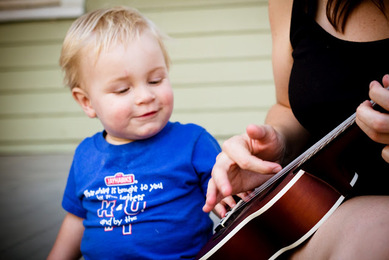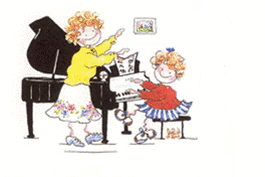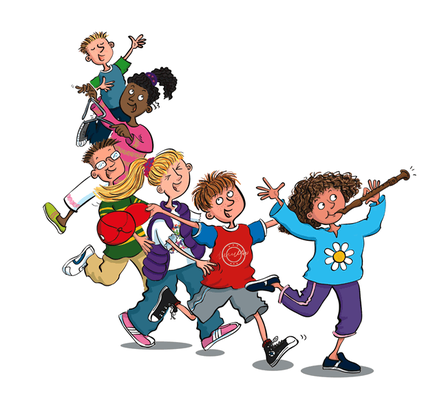|
|
Back to Blog
“Stand by me” is a classic love song to play on the guitar for your sweetheart this Valentine’s day! Released in 1961, this song was originally performed by Ben E. King, and was inspired by the spiritual hymn “Lord Stand By Me”. Over 400 versions of this song have since been recorded. In 2019, Smooth Radio ranked this as one "of the greatest love songs of the 1960s". Can you play a song the first time you ever play the guitar? Yes, this song is perfect for beginners! Learn this song to show how romantic you can be. In this tutorial video, you will learn:
Back to Blog
5 Key Elements of Music Foundation1/30/2021 Music is defined as the art of combining sounds to produce beauty of form, harmony, and expression of emotion. The art of music is not defined by the mechanical process of mastering technical skills on an instrument. The process of music learning actually encompasses many other foundational elements that are beyond the mechanics of finger movements on the piano, violin, ukulele or guitar. What are the foundations of music that students will learn during instrumental lessons? 1. Rhythm training Rhythm is the repeated pattern of movement or sound, otherwise known as a combination of beats in music. Being the backbone of music creation, every musical piece of music you hear consists of various rhythms put together. Why is rhythm important? Playing all the right notes on an instrument is not sufficient to play a piece of music beautifully. Imagine playing notes on the piano without the notion of timing or direction. Thus, rhythm training is extremely important and is taught to our students during our instrumental lessons. The aim of rhythm training is to help students to achieve execution of rhythmic accuracy when playing an instrument, through an understanding of beats, counting, and note values. Teachers may ask students to vocalize their counting as they play their instrument to help students understand the breakdown of rhythms. There are also other benefits to rhythm training such as improving one’s development emotionally and intellectually. 2. Ear training During instrumental lessons, ear training is also included as an important foundation of a student’s musical training. Ear training is a process where you develop a sensitive ear for music, connecting visual musical notes that we see with the sounds we hear. The goal is for students to develop a good ear for music that can recognize and identify various musical sound structures. This will eventually aid students to improve their musicianship skills and gain a better understanding of the pieces that they play. How is ear training conducted? Ear training involves the practice of identifying different sounds and notes by ear and being able to name them, sing or play them back. Students will learn to use their ears to recognize various music elements such as pitches, intervals, scales and rhythms. Over time, the ears will be more sensitive to detail and students will gain a greater awareness of the rich depth of musical details. The ability to appreciate various musical elements will foster a versatile and creative musician. 3. Aural techniques Aural techniques consist of training in 3 different areas; musical hearing, musical reading, and musical notation. The first aspect is essentially developed through ear training. The second aspect of musical reading is defined as the ability to hear the sounds of a piece in one’s head simply through reading the notes on a music score i.e. the ability to translate something visual to something auditory with the right tone and expression. The third aspect of musical notation is defined as the ability to put into written form the sounds that you hear and identifying these sounds with the correct musical terms. How does aural techniques relate to musical training? Aural training is extremely beneficial to students, as it will help you to develop useful skills such as musical memorization, creativity and musical analysis and evaluation. Aural training is integrated into instrumental lessons through sight-singing, dictation and ear training. 4. Music theory Music theory is a term that you would often hear from your music teachers. It is a study of practices used to put musical ideas into a written form. Learning music theory enables students to read notes, rhythm, harmony, and understand the fundamentals of music elements such as form, chords, scales etc. Ultimately, music theory gives musicians a common language to communicate, and allows a person to understand meanings and expressions behind a musical piece. 5. Music expression Finally, music will not exist without expression. Music is one of the purest art forms of expressing oneself, and every piece of music requires genuine expression. During instrumental lessons, students will be exposed to a wide range of musical styles, and they will learn to express their emotions and creativity through music. Musical expression not only help us manage our emotions but also, it maximizes our emotional intelligence so one can experience a better quality of life.
Back to Blog
Retro-English Pop Music Videos4/29/2017 Everyday I love you |












